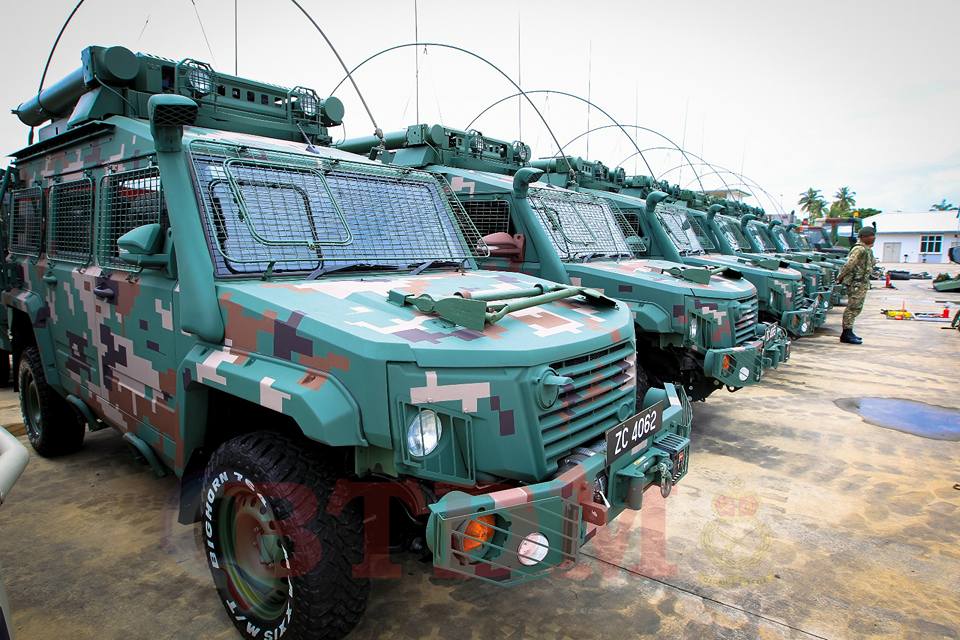
SHAH ALAM: More FFR vehicles for the Army. Last week, Malaysian Defence wrote about the end of the Land Rover Defenders in Army service and it appears that it may well be the same fate for the Weststar GK-M1 Fitted For Radio (FFR) vehicles.
The GK-M1 FFR vehicles have only been in service within the last five years and it appears that the Army wants to replace them with newer ones together with the Defender FFRs based on an RFB issued on 17 June.
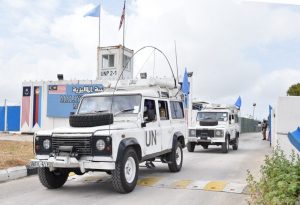
The 21-day RFB which closes on 8 July call for the supply and delivery of 153 1-tonne FFR vehicles. I have no idea how many FFR GK-M1s and Defenders remained in service with the Army but 153 seemed a large number for a specialised vehicle type. One can safely assumed with some 200 new FFR vehicles in service, the old ones will be retired. The other 40 new FFR vehicles should include the ones contracted to Cendana Auto from the RFB in 2019.
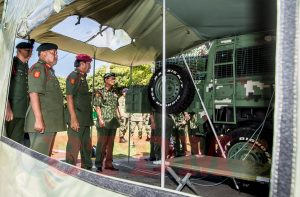
The latest RFB for FFR vehicle as usual lack many technical details apart from the numbers and the basic general specifications which stated:
There is a requirement for the Malaysian Army (MA) to be equipped with a modern Truck 1 Ton Fitted for Radio (FFR) vehicle.The vehicle is capable of providing reliable voice and data communications continuously for Command and Control(C2) purposes in all type of operations. The vehicle shall be powerful, rugged and highly mobile to sustain battlefield environment. It shall be mounted with in-service communication equipment and able to support Network Centric Operation (NCO) requirement. It shall meet with Malaysian Military environment
It must be noted that the RFB is for the Army Mobility Phase III programme as the ones published in Malaysian Defence recently.
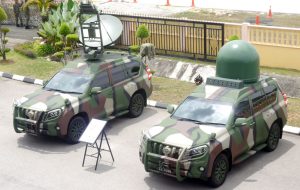
The NCO requirement however do tell us that they need a much bigger vehicle than the GK-M1. The vehicles procured specially for the NCO was the Land Cruiser Prado.
— Malaysian Defence
If you like this post, buy me an espresso. Paypal Payment

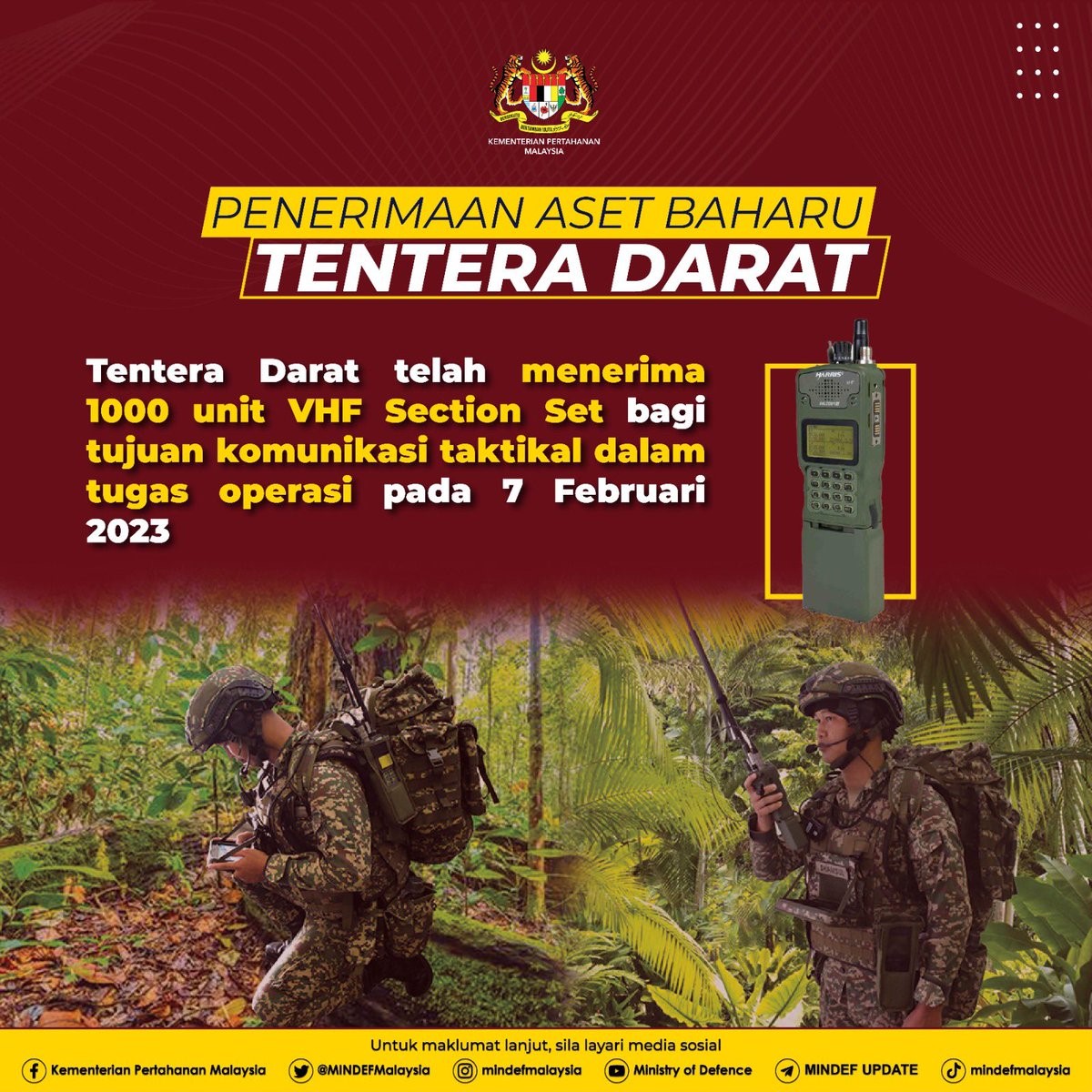


Go for that cendana auto FFR if the army deem them more than capable..I reckoned Mildef will try to enter this tender as well?
Reply
Mildef can if they have a vehicle that meets the specifications
Hi,
Is it related to the offering from Cendana Auto as you covered before (could not find the post anymore).
Reply
Its a new one actually
After a mere 5 years and the GKM1s are to be replaced? Speaks volume of how unreliable these cars are or probably the aftersales support to keep their uptime… well… up. The Landies are getting replaced after decades of sterling service, can’t say the same for these jokers.
This time, going thru tender process, will give ATM an opportunity to get better cars this round.
What’s wrong with the Defender FFR? Not big enough ar?
Reply
Land Rover has stopped making them
Qamarul – “What’s wrong with the Defender”
As Marhalim said; production has stopped. Even with the British army Land Rover usage has dropped; primarily for the reason that the Land Rover simply doesn’t provide the needed ballistic and mine protection levels needed.
Unlike us ; other armies have learnt the folly of deploying troops in unprotected softskins in a combat zone. We actually did learn rbis lesson against the CPM and NKCP (numerous ambushes were mounted on convoys) but appear to have forgotten it. Similarly in the days of the invasion of Iraq; troops went around in unprotected Land Rovers and HUMVEES – that soon changed.
The bulk of Land Rovers we still have were actually bought in the late 1990’s and early 2000’s and not all of them were regularly employed in rough conditions . Most of the older ones were retired years ago. The Land Rovers have been more maintenance intensive compared to the army’s Japanese makes. No surprises here though.
“Unlike us ; other armies have learnt the folly of deploying troops in unprotected softskins in a combat zone.”
The trick is to deploy vehicles in the roles they are intended for. A Land Rover is not suited to undertaking vehicle patrols the way armoured HMMWVs and MRAPS are, but would not be out of place in the FFR role in a light infantry unit whose members operate on foot.
AM – “The trick is to deploy vehicles in the roles they are intended for. A Land Rover is not suited to undertaking vehicle patrols”
Exactly. Which is one reason the Brits went for other platforms when it was clear what was needed and that the Land Rover simply was not up to the task of providing troops with a certain level of ballistic and mine protection. Depends on the operational circumstances.
This was unlike in the past when operational circumstances in various post WW2 insurgency conflicts the Brits found themselves in still saw the Land Rover as being relevant.
In our case it’s simply short sighted or complacent to have a “weapons carrier” fleet with zero protection; not as if we haven’t had the prior experience of having softskins coming under fire.
AM – “role in a light infantry unit whose members operate on foot.”
Fine on paper but what happens when troops – whilst in the vehicle – come under direct fire? What happens when a battalion’s comms is comprised because an unprotected FFR softskin’s battalion net radios were damaged by a few 5.56mm rounds which also killed 2 radio operators?
Azlan “Fine on paper but what happens when troops – whilst in the vehicle – come under direct fire?”
You’re very right. Barring very specific mobility and logistics reasons, such as in airdropped or heliborne scenarios, at minimum the key vehicles like FFR platforms should be better protected. Vehicles have grown heavier for all manner of reasons, so it’s not as if the additional armour creates a unique logistical burden, which is itself something armies have become better equipped to deal with.
What I meant was that unarmoured FFR vehicles are not out of place in the bulk of light infantry units we have. I assume from the large number sought in the tender that these are the units to be equipped. These units are lucky to have wheeled transport of any kind, with roles akin to local security and border patrol- as opposed to the small portion of units intended for high intensity conflict.
AM – “What I meant was that unarmoured FFR vehicles are not out of place in the bulk of light infantry units we have”
Do we actually have any 4x4s with any form of ballistic protection?